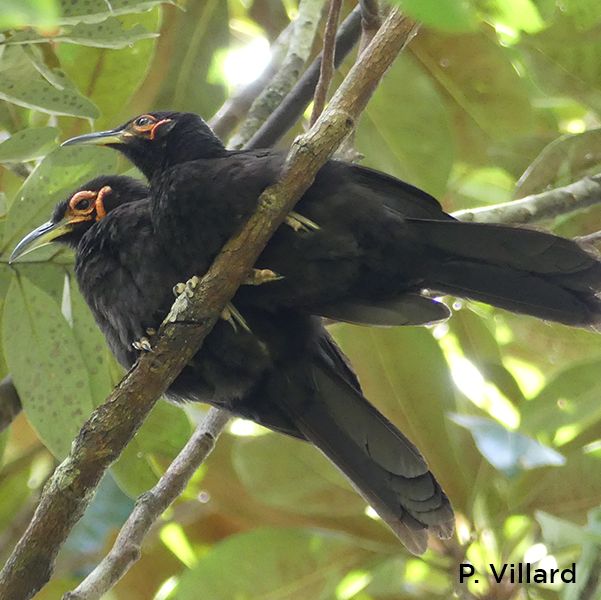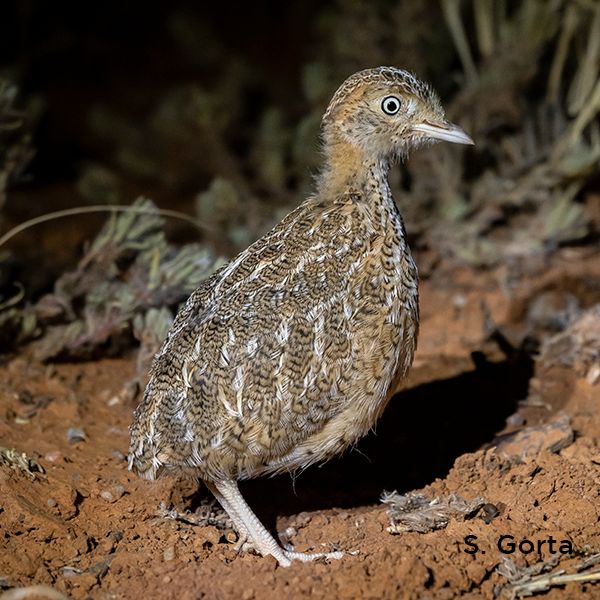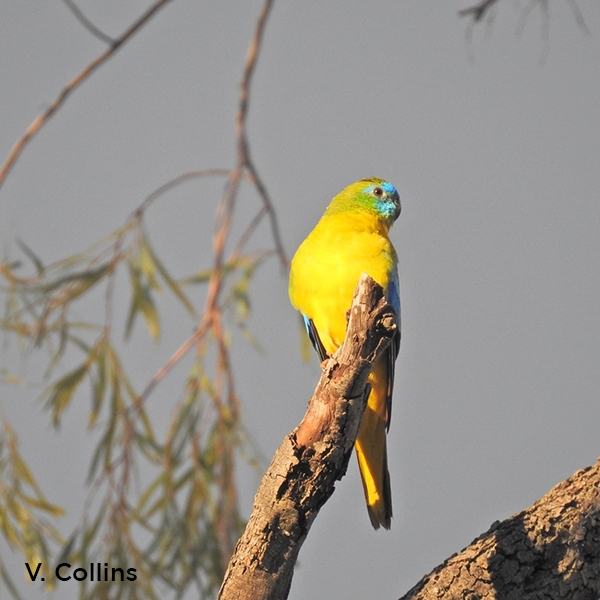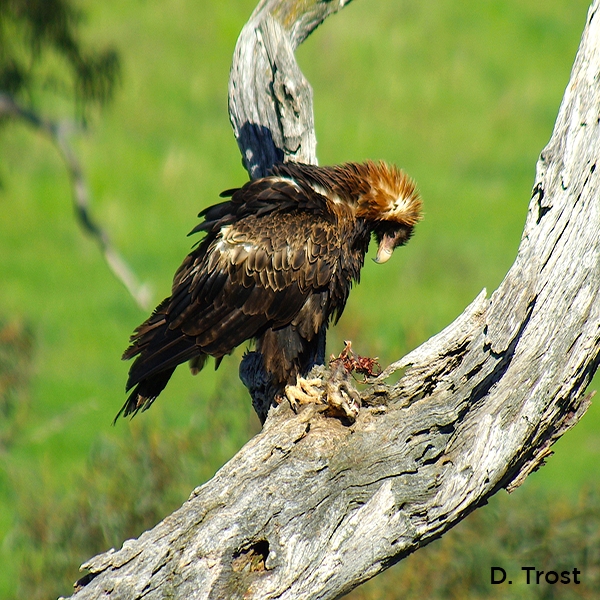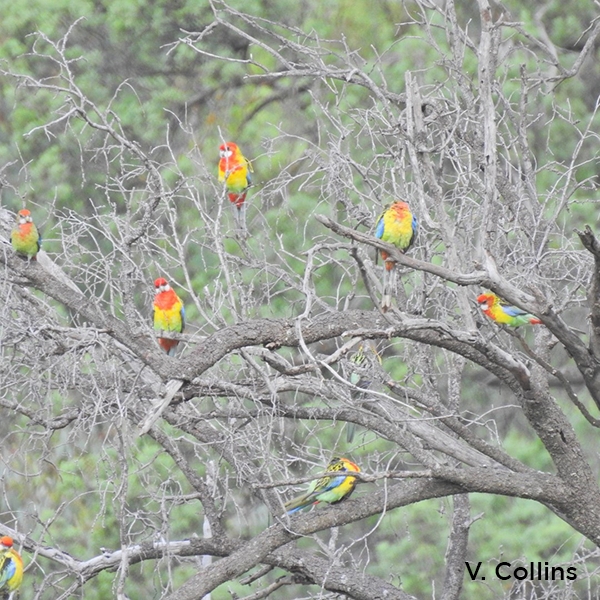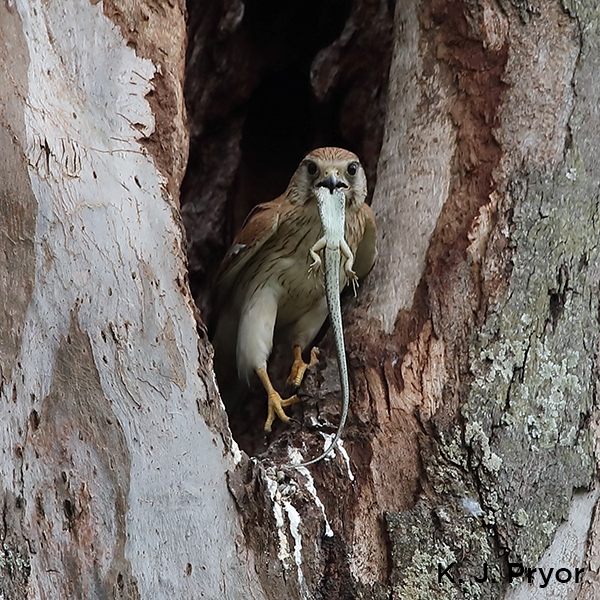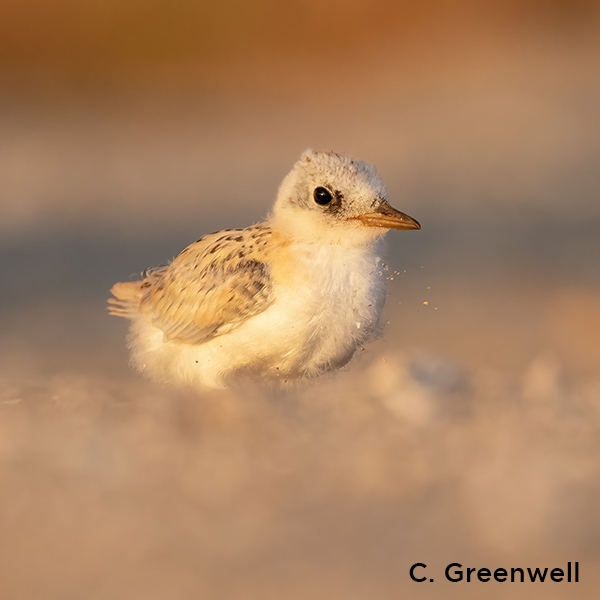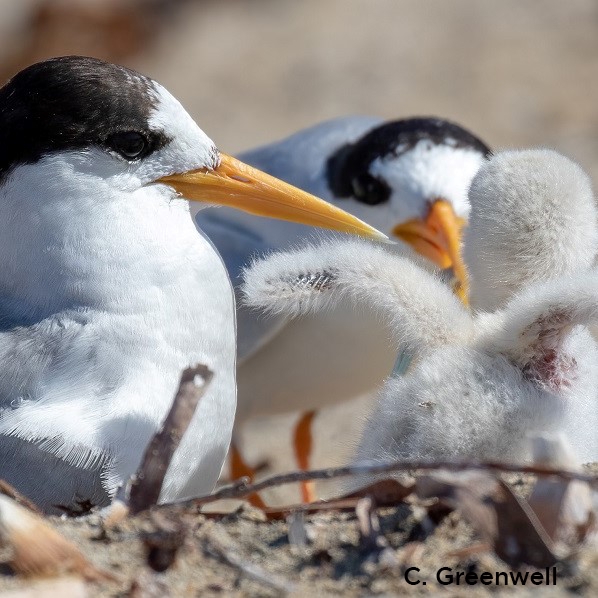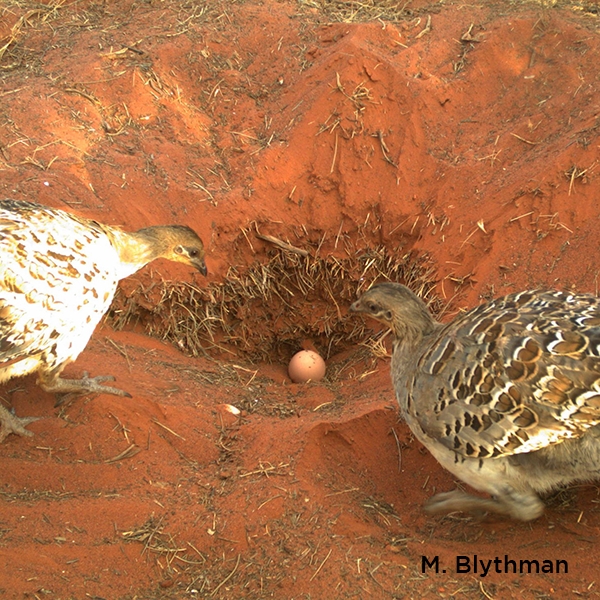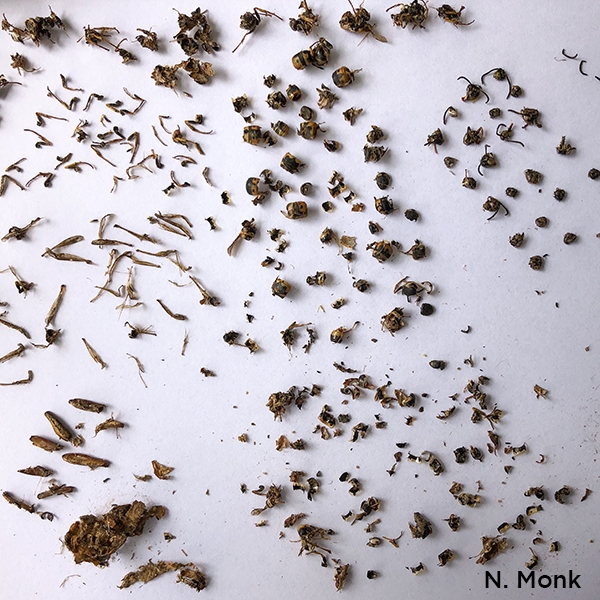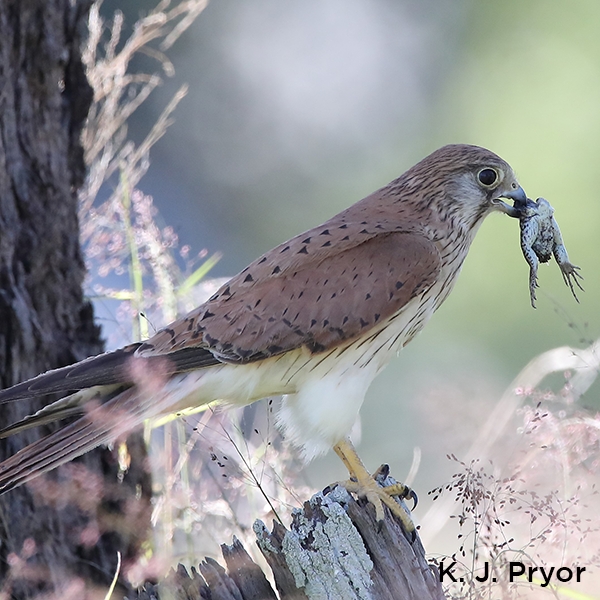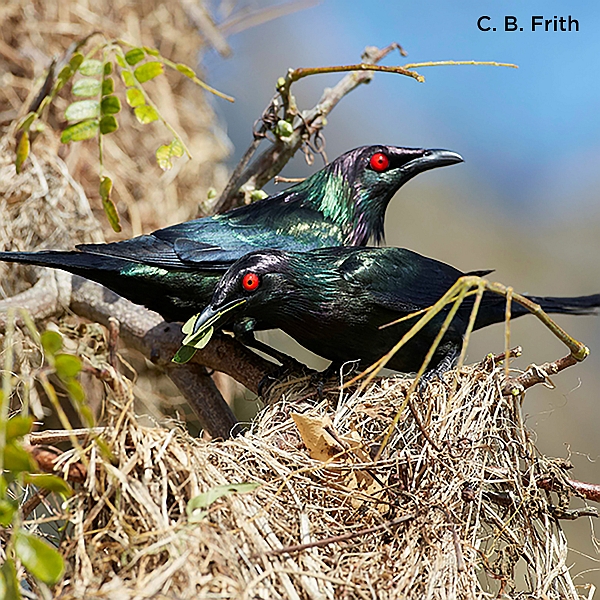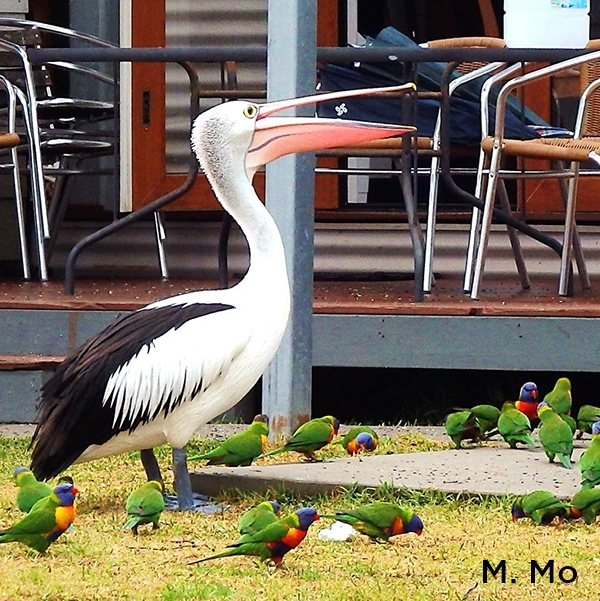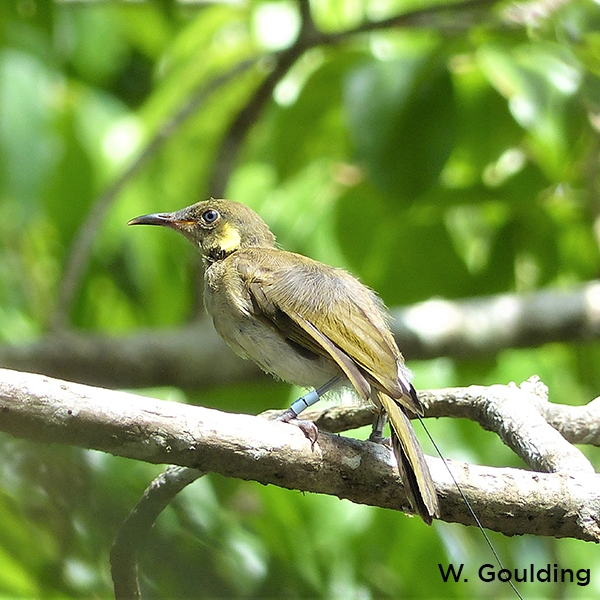Devitalising bird-seed to prevent dispersal of weeds by birds
Mark Blythman, James Sansom
pp. 31-33
Abstract
The provision of seeds to wild birds is a common practice in Australia. With most of the seeds coming from non-native plants, there is a potential risk of dispersal of weeds. Off-the-shelf bird-seed was treated with heat from a microwave oven or an electric oven to determine the time taken to devitalise the seeds. After treatment, the seeds were allowed to germinate to determine the percentage of devitalisation. No seeds were viable after just 2.5 minutes of heat treatment from either the microwave or electric oven.
References
Atlas of Living Australia (2018). Available online: http://spatial.ala.org.au/q=lsid:http://id.biodiversity.org.au/node/apni/2886869# (retrieved 9 July 2018).
Blythman, M. (2012). Tracking corellas to improve control methods. Western Australian Bird Notes 143, 22–23.
Cleary, G. (2017). Summer Report from the Australian Bird Feeding and Watering Study. Deakin University, Melbourne. Available online: https://www.csdb.org.au/downloads/summer%20report%202017.pdf (retrieved 9 July 2018).
Edward, J. & Hertel, K. (2011). Canola Growth and Development. NSW Department of Primary Industries, Sydney. Available online:http://www.dpi.nsw.gov.au/__data/assets/pdf_file/0004/516181/Procrop-canola-growth-and-development.pdf (retrieved 12 June 2018).
Hanson, C.G. & Mason, J.L. (1985). Bird seed aliens in Britain. Watsonia 15, 237–252.
Jeffery, D.J., Holmes, P.M. & Rebelo, A.G. (1988). Effects of dry heat on seed germination in selected indigenous and alien legume species in South Africa. South African Journal of Botany 54, 28–34.
Jones, D.N. & Reynolds, S.J. (2008). Feeding birds in our towns and cities: A global research opportunity. Journal of Avian Biology 39, 265–271.
Marchant, S. & Higgins, P. (Ed.) (1993). Handbook of Australian, New Zealand & Antarctic Birds, Volume 2: Raptors to Lapwings.Oxford University Press, Melbourne.
Melander, B. & Heisel, T. (2002). Band-steaming for intra-row weed control. In: Cloutier, D.C. (Ed.). Proceedings of the 5th Workshop of the EWRS Workshop on Physical and Cultural Weed Control, Pisa, Italy, 11–13 March 2002, pp. 216–219. European Weed Research Society, Doorwerth, Netherlands.
Moore, J. & Westwood, J. (2015). Using Microwaves to Kill Weed Seeds and Snails. Department of Agriculture & Food Western Australia. Available online: https://grdc.com.au/resources-and-publications/grdc-update-papers/tab-content/grdc-update-papers/2015/02/using-microwaves-to-kill-weed-seeds-and-snails (retrieved 12 September 2018).
Orange-bellied Parrot Recovery Team (2014). National Recovery Plan for the Orange-bellied Parrot Neophema chrysogaster. Department of Environment & Primary Industries, Melbourne.
Priddel, D. & Wheeler, R. (1994). Mortality of captive-raised malleefowl, Leipoa ocellata, released into a mallee remnant within the wheat-belt of New South Wales. Wildlife Research 21, 543–551.
Rollinson, D.J., O’Leary, R. & Jones, D.N. (2003). The practice of wildlife feeding in suburban Brisbane. Corella 27, 52–59.
Stiles, E.W. (2000). Animals as seed dispersers. In: Fenner, M. (Ed.). Seeds: The Ecology of Regeneration in Plant Communities, pp. 111–124. CABI Publishing, Wallingford, England.

